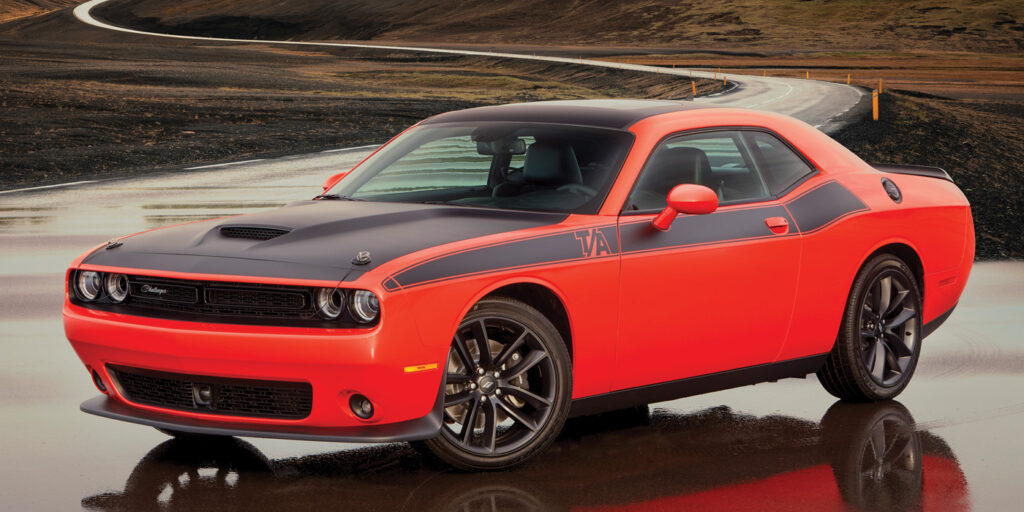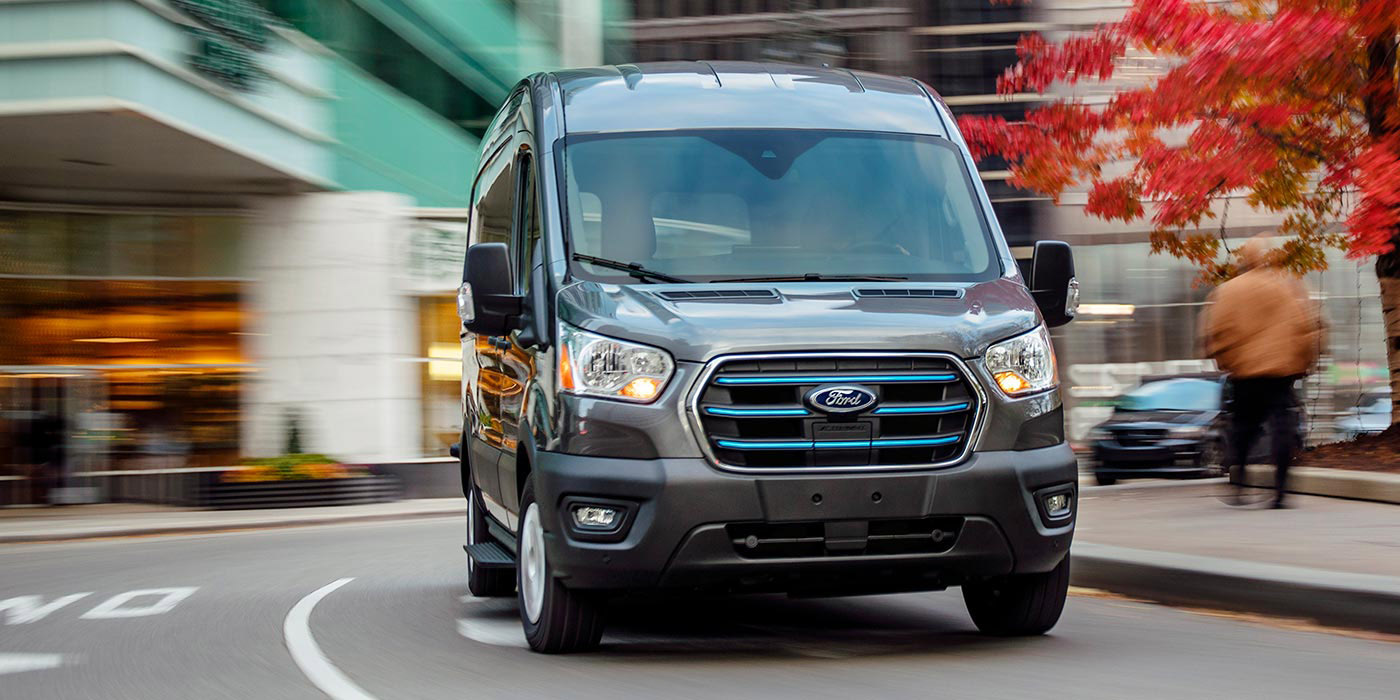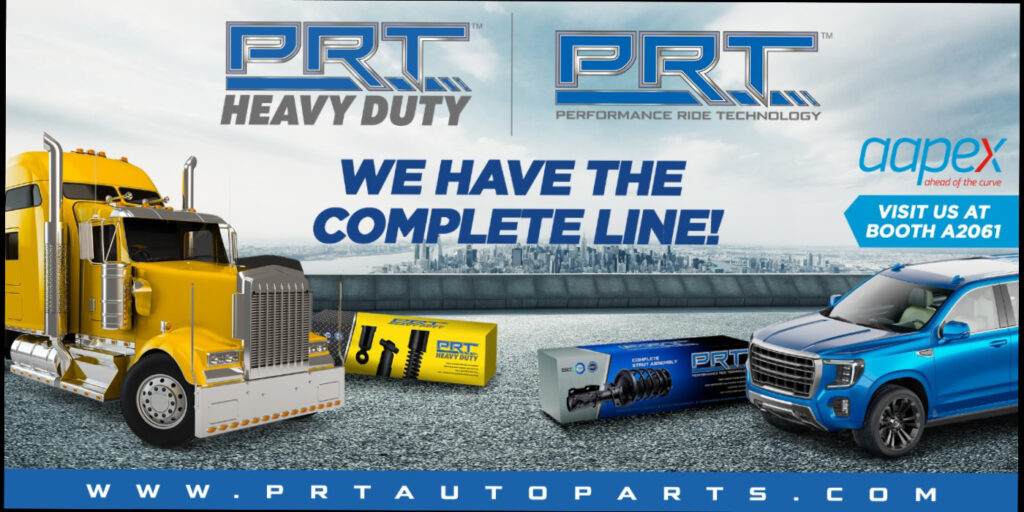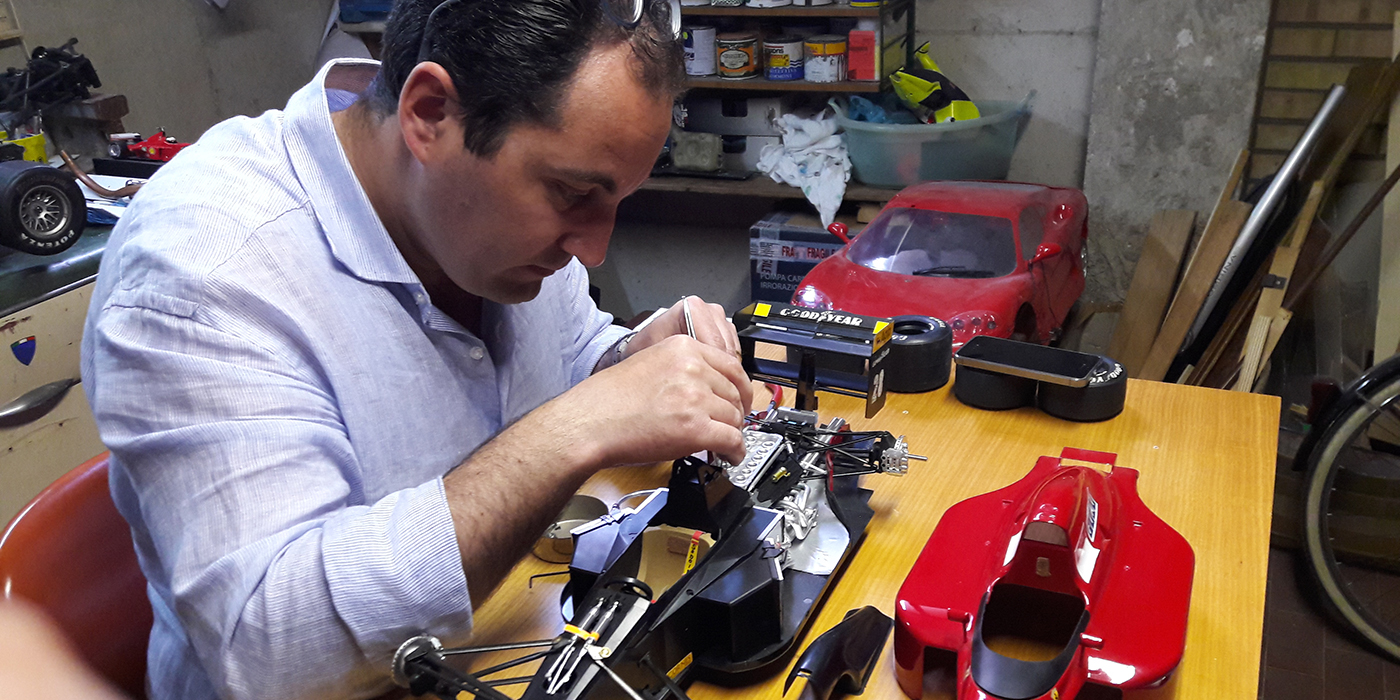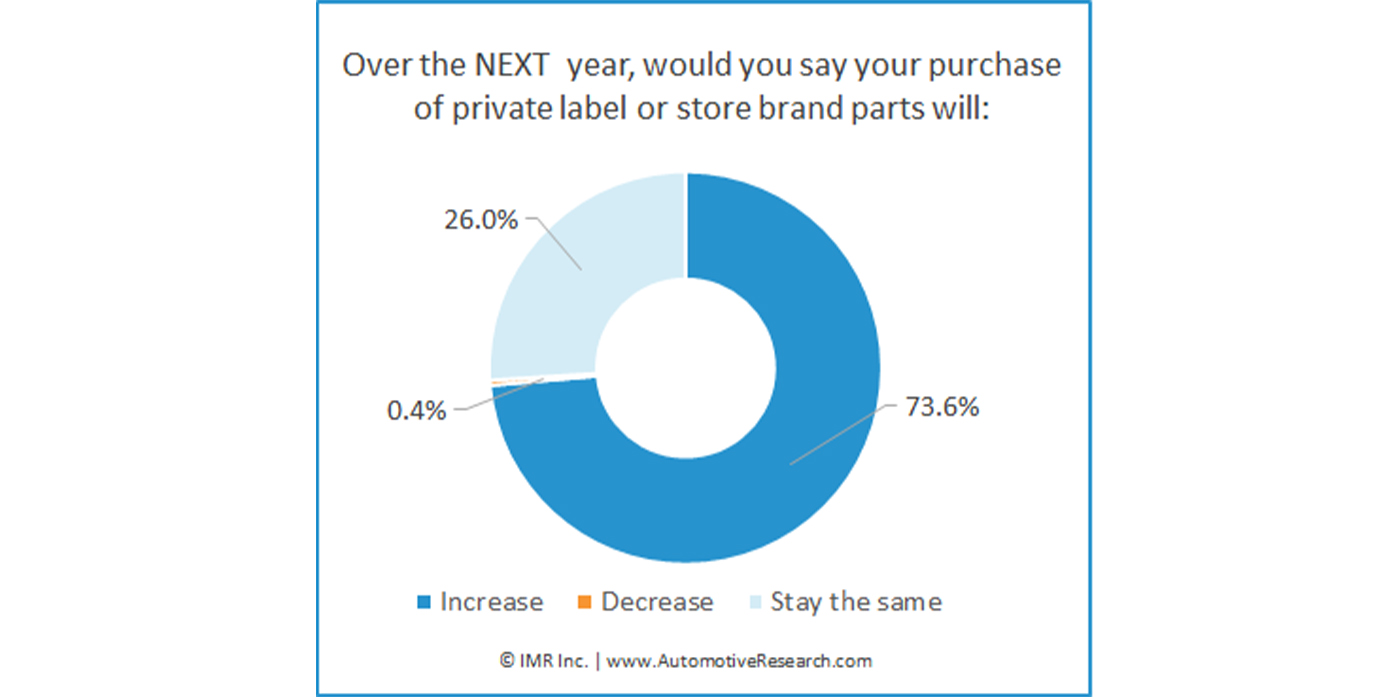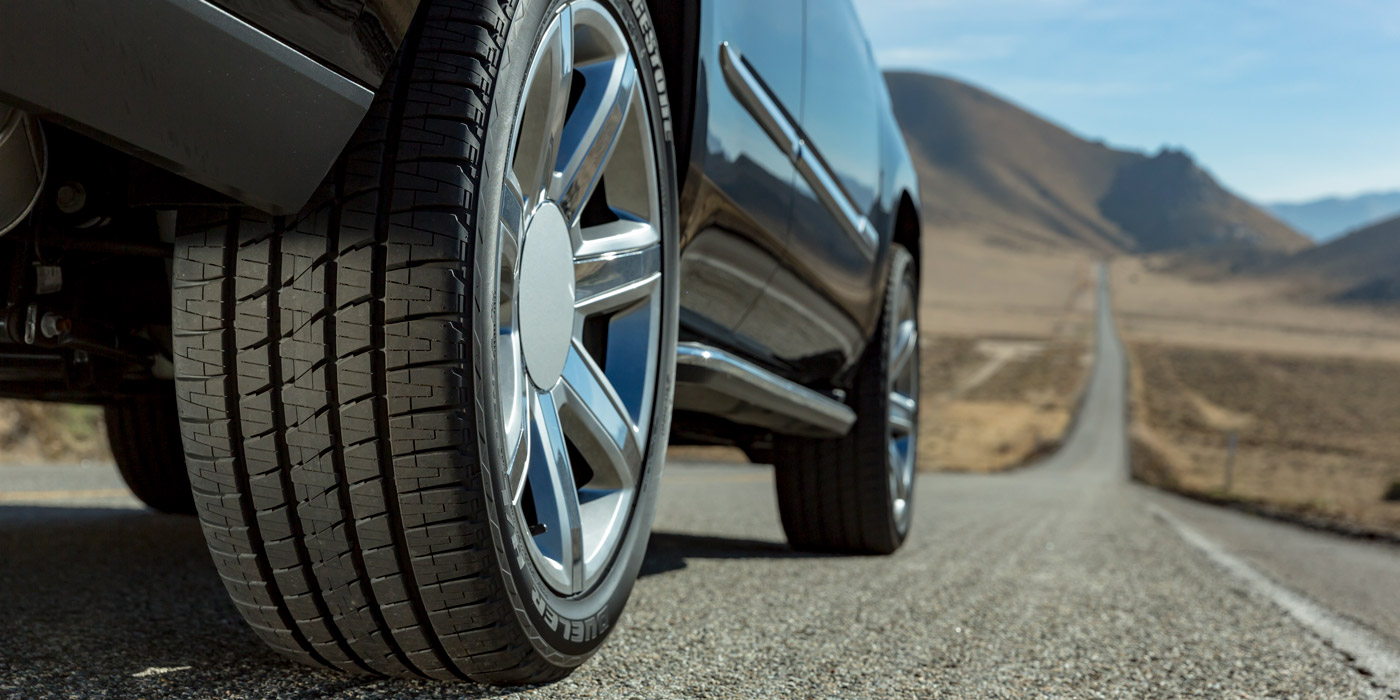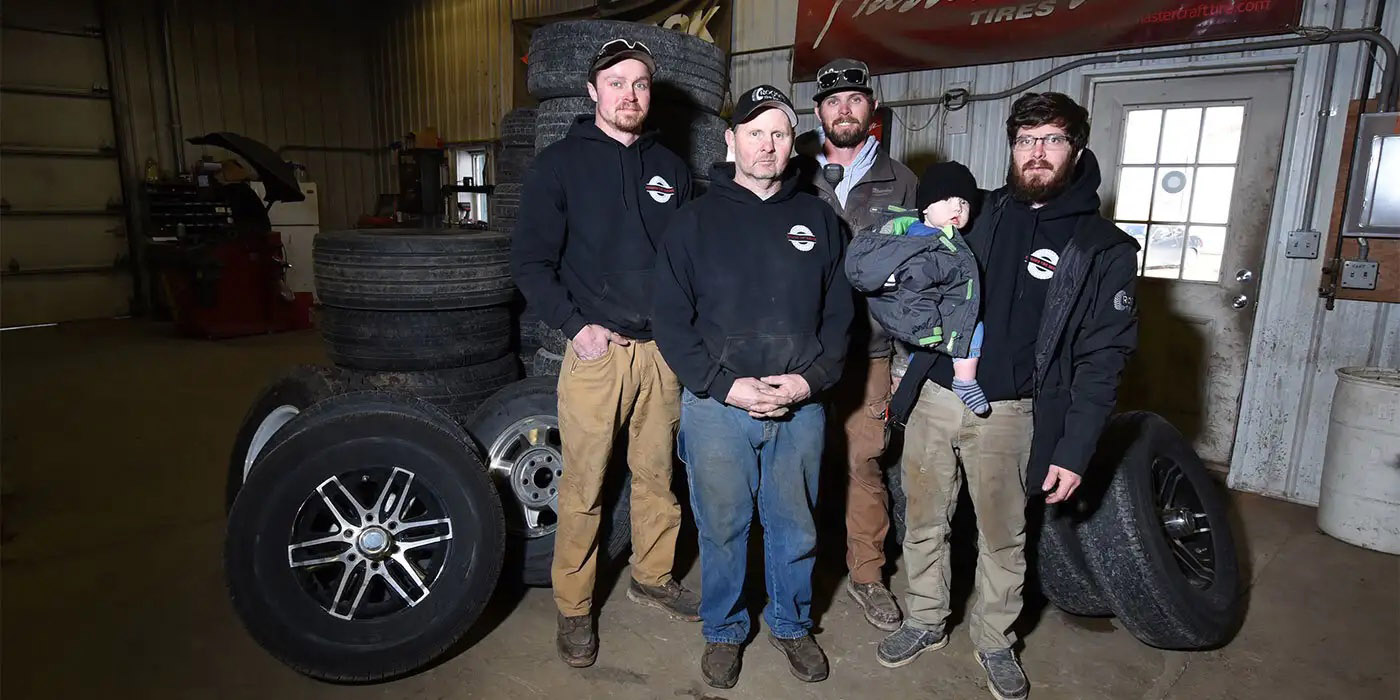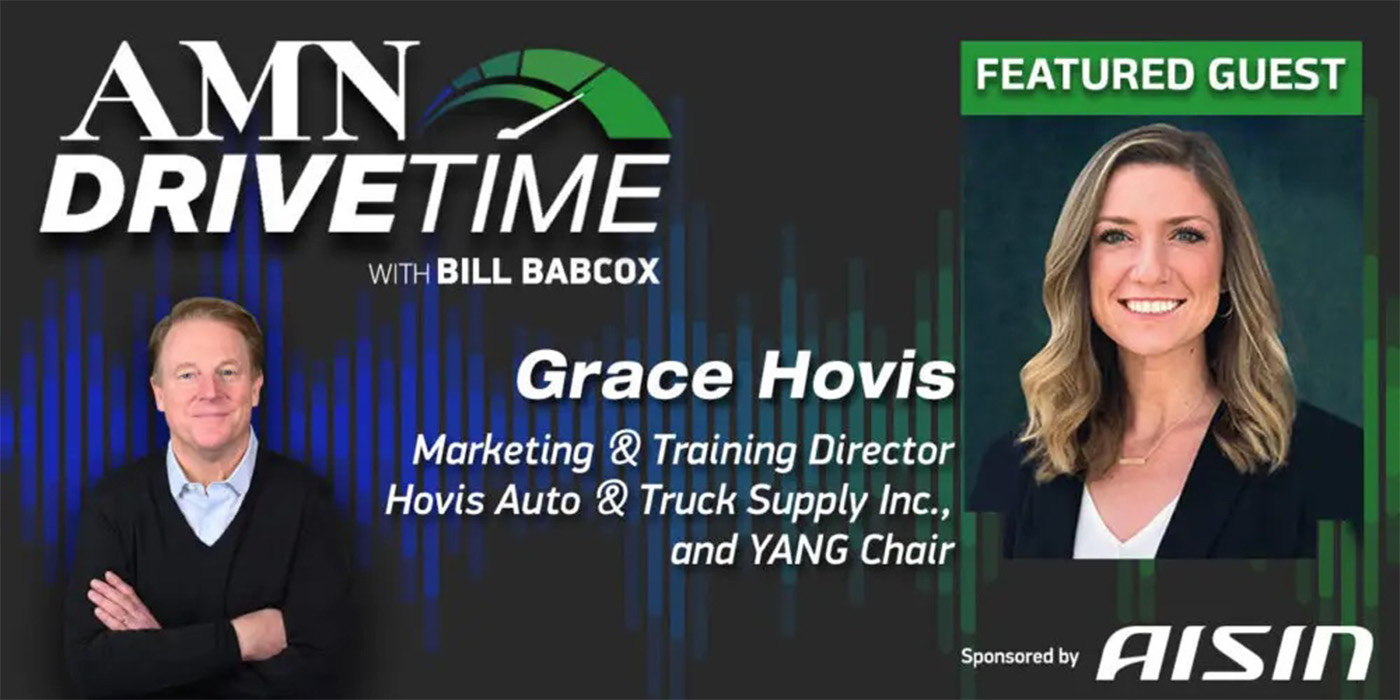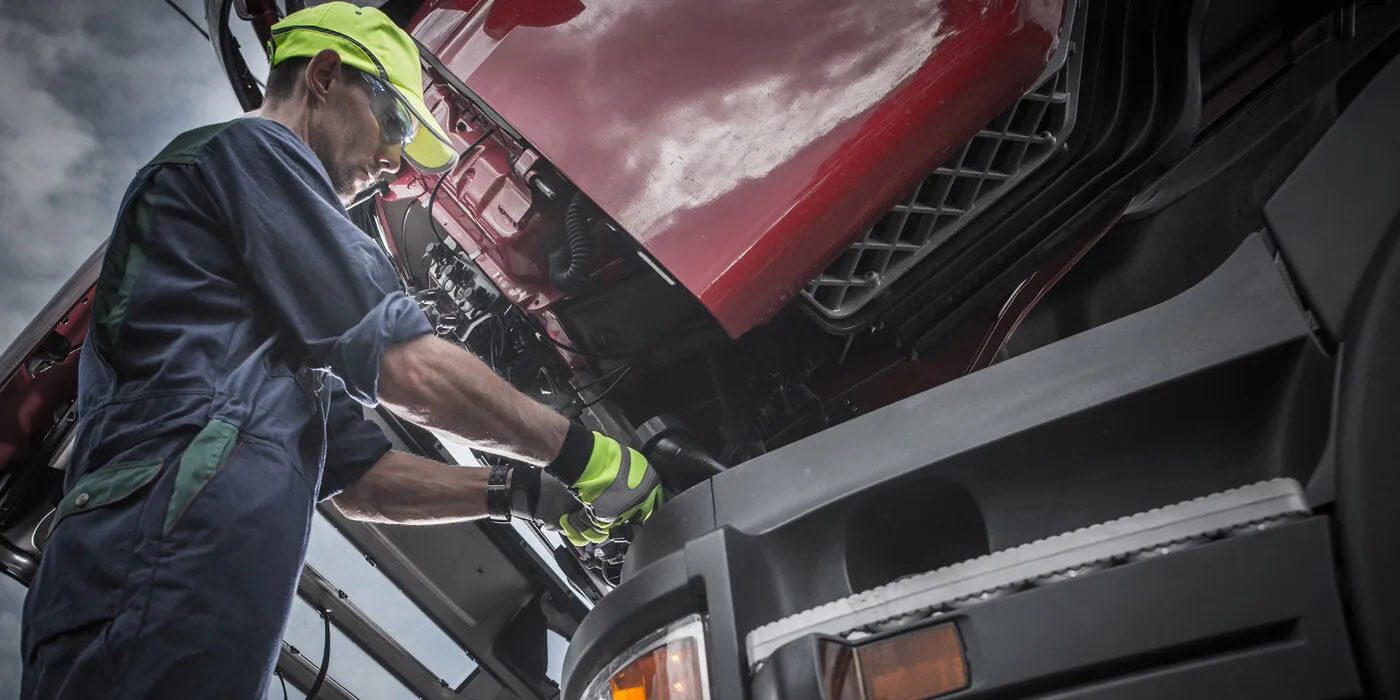According to Counterman contributor Thomas Dayton, sales codes to identify major and minor options on the Stellantis family of Chrysler, Dodge, Jeep and RAM (CDJR) vehicles aren’t as readily accessible to the independent technician or the aftermarket professional as the codes used by other manufacturers.
“The VIN decal found in the doorjamb of most modern CDJR vehicles only includes paint, interior trim, GVWR and tire information,” explains Dayton in a new technical article, “but unlike GM and VW/Audi, there is no options tag in the glovebox or trunk area advertising these option codes. Breaking CDJR codes has traditionally required a call to your local dealer.”
Veteran parts specialists will remember the SBA, SBB or SBC options found in the steering category for many Mopar products from the ‘80s and ‘90s, and the difficulty in actually finding those codes without the assistance of their local dealer. Most of us have run across choices between 136- or 160-amp alternators, and many parts specialists have realized that modern CDJR paint codes almost always start with a “P,” Dayton says.
In the past few years, there has been an increased use of “BRx” sales codes to identify CDJR brake packages in our aftermarket catalogs. In place of physical descriptions like “12-inch vented rotor” or “dual-piston caliper,” we’re left with a jumble of codes such as BR1, BRF, BRY, etc. This coincided with the 2014 formation of FCA (Fiat Chrysler Automobiles), the manufacturer of CDJR vehicles prior to its merger into Stellantis. Catalog information derived from FCA sources resulted in this proliferation of “BR” codes.
To make things even more difficult, many of these codes appear across multiple CDJR platforms, and each code may translate to different specifications depending on the vehicle being catalogued. Using a variety of catalog descriptions, approximate measurements and OEM sales codes, the following information collects these descriptors into one location. Included here are many of the most common confusing applications, with some identifying characteristics that can be determined “in the field:”

